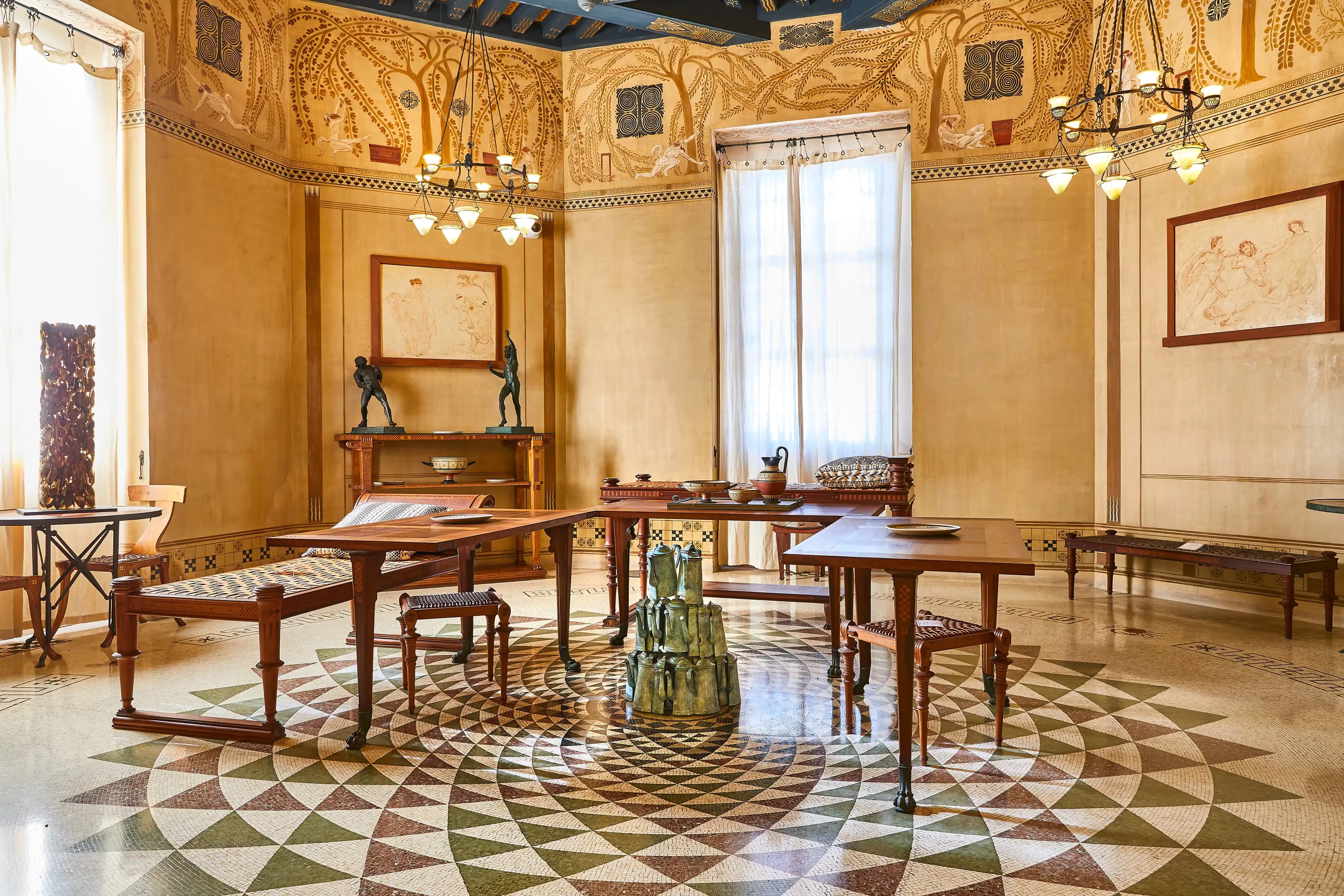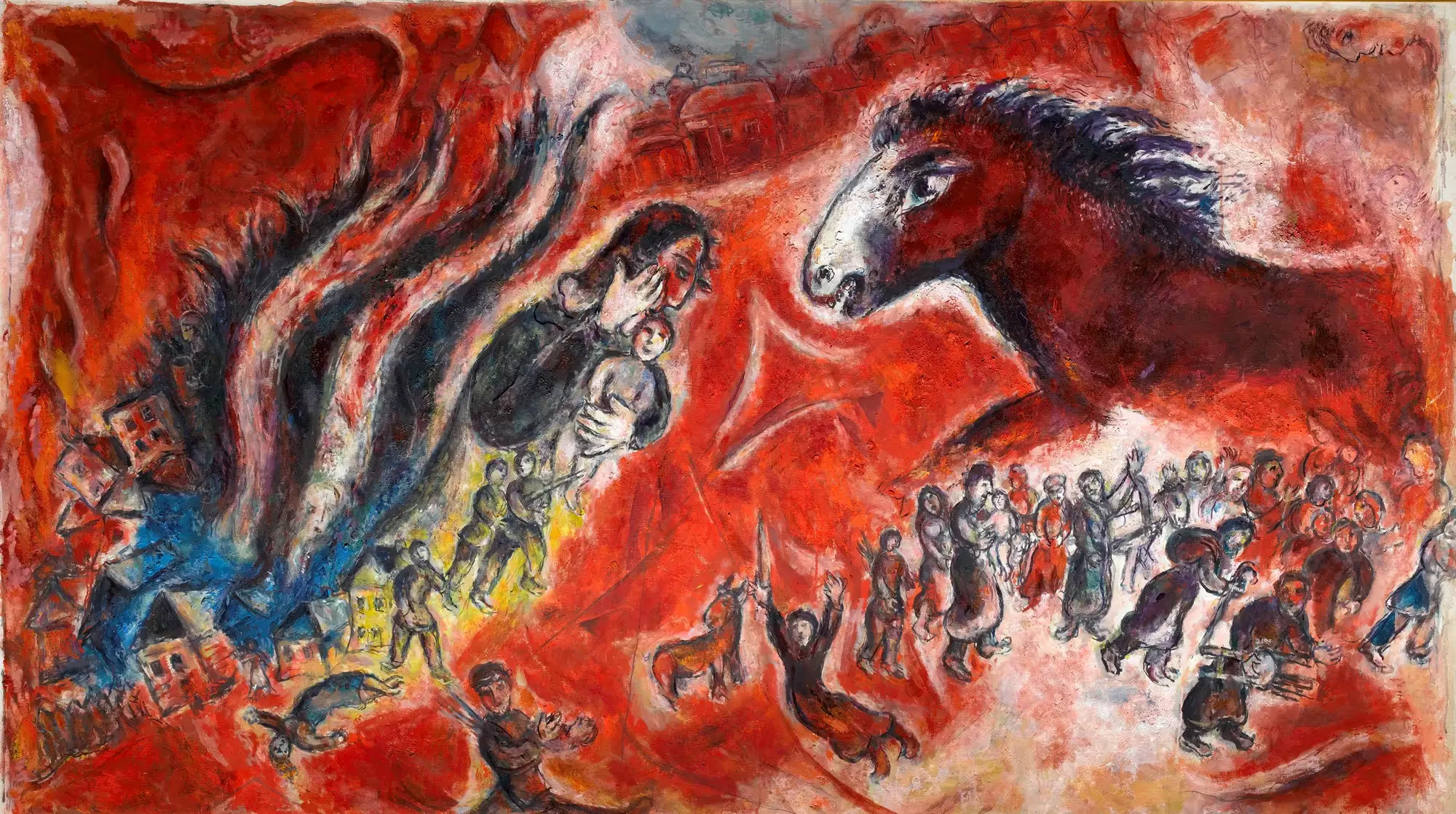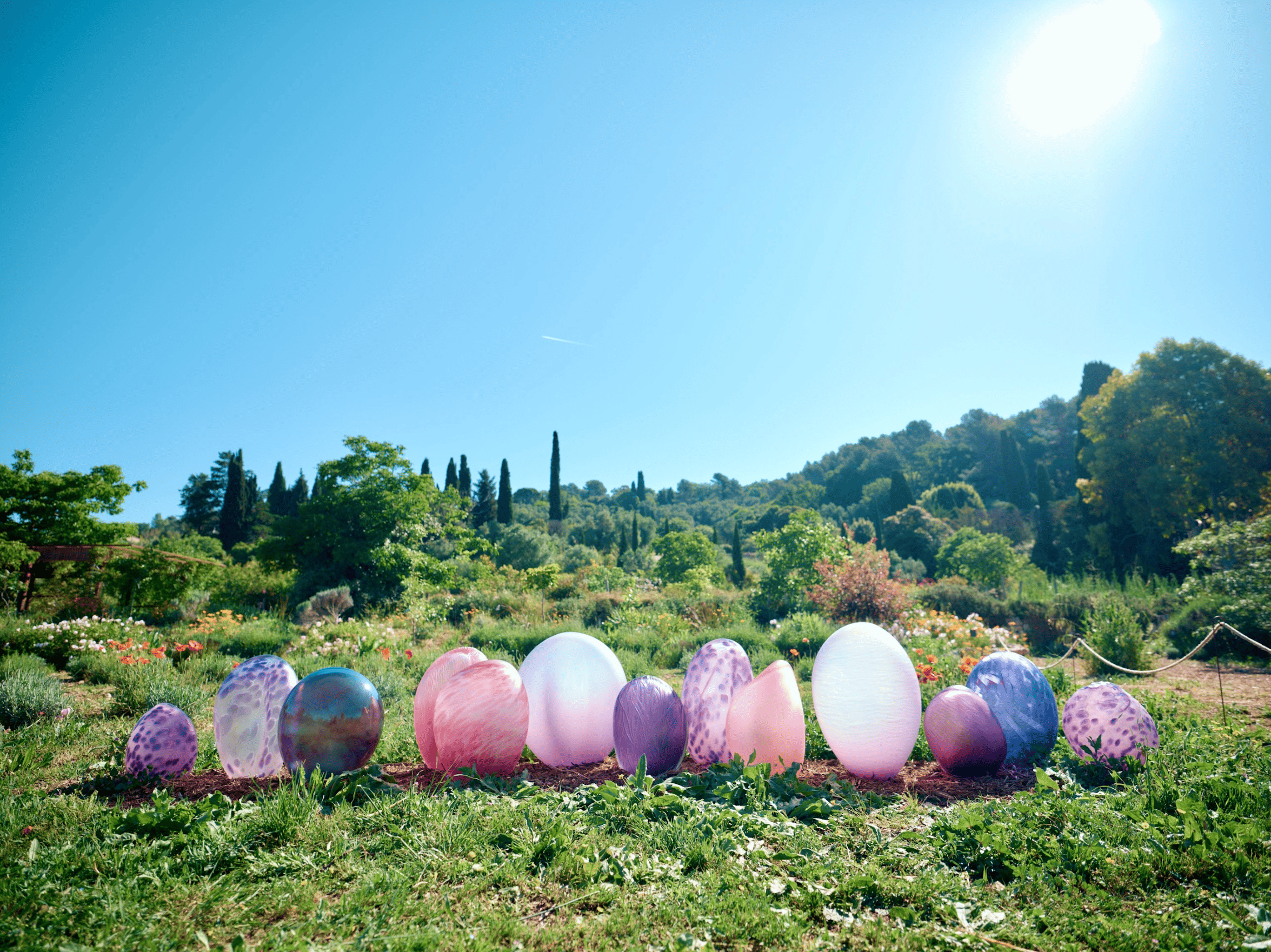More than twenty exhibitions are taking place this summer on the Côte d'Azur, which is rich in an exceptional heritage of art and culture. Chagall, Matisse, Bonnard, Renoir, Renoir, Picasso, Cocteau... All were fascinated by the flamboyance of this uniquely bright region and have their dedicated museum there alongside art galleries and works exhibited in the open air. Here are the 6 unmissable exhibitions of summer 2024!
Sofiane Pamart, NTO - Loyalty
The most telluric: Amitiés, Bonnard-Matisse
This famous place of art where time stopped at the artistic golden age of a flamboyant Côte d'Azur and where telluric force is magnetic was created 60 years ago by the couple Aimé and Marguerite Maeght. The ensemble has just been equipped with four new exhibition halls of exceptional quality, highlighting among the 13,000 works in the fund, those of the famous Braque, Chagall, Miró, Soulages... The ephemeral summer exhibition reveals the friendship relationship between the artists Pierre Bonnard and Henri Matisse, and their relationship with the Maeght family, for which these artists embodied two geniuses of the 20th century. Several concerts, dance demonstrations, workshops and readings are offered throughout the summer to celebrate the 60th anniversary of the Foundation.
Until October 6, 2024 at the Maeght Foundation
%252520(1).avif)
The most modern: Léger et les Nouveaux Réalismes
The Fernand Léger National Museum, one of the most beautiful on the Côte d'Azur, dedicated to one of the creators of modern art in the 20th century, and whose sumptuous pine garden and the facade of monumental mosaics made of colored glass paste fascinate, is exceptionally hosting this summer 60 works from the Museum of Modern and Contemporary Art in Nice, the MAMAC, which is currently closed for renovation. The works of Niki de Saint-Phalle, Arman, Yves Klein, Raymond Hains, Martial Raysse or even César, meet Léger's plastic innovations - materials, symbols and other tools elevated to the rank of works of art, revealing to visitors the poetic beauty of everyday life.
Until November 18, 2024 at the Fernand Léger National Museum

The most sublime: Turner, the sublime heritage
78 works by William Turner, the greatest watercolorist of the English school of painting, including 38 oils on canvas and 40 watercolors and gouaches on paper, are on display this summer at the Grimaldi Forum. This romantic hero imbued with classicism evolved towards abstraction, a quality that is unparalleled in the history of painting. With a prodigious memory, he travelled around Great Britain and Europe, taking notes to paint later in London. It reveals a poetic conception of the landscape, staging the emotions that nature gives him. His influence on the sublime in art interacts here with works by major artists including John Akomfrah, Olafur Eliasson, Richard Long, Cornelia Parker and Katie Paterson.
Until September 1, 2024 at the Grimaldi Forum
.avif)
The most Hellenist: Arman, archaeology of the present
Some fifty fascinating works by the pioneer of new realism Arman, including inclusions, bronzes, and object cups, are on display this summer at Villa Kérélos in Beaulieu-sur-Mer. Refined and preserved architecture from the beginning of the 20th century, this villa oscillates between archaeological creation, imaginary of ancient Greece, and vacation residence in an exceptional site, designed for contemplation, rest and study by Théodore Reinach, eminent archaeologist and Hellenist scholar. Arman's works, which maintain a relationship with archaeology and antiquity, come into their own in the spaces of Villa Kerylos, such as the magnificent accumulation of cello cups displayed on the terrace, or the patinated bronzes in the manner of artifacts unearthed from a shipwreck, placed at sea level, in the Ancient Gallery. We thus wander through the remains of a dreamed antiquity, on the fleeting traces of those who lived here, sailing in an “archaeology of the present”.
Until September 22, 2024 at Villa Kérylos

The freest: Chagall politics, cry for freedom
The spectacular summer exhibition at the Chagall Museum presents the artist's work in the light of the historical events he has witnessed, having gone through two wars and an exile. His art, imbued with a profound humanism, nourished by his Jewish roots, is the messenger of an unwavering commitment to man, his rights, equality and tolerance. Pencil and brush become weapons of peace, carried by a great cry for freedom. The exhibition allows you to discover numerous masterpieces, thanks to remarkable loans, such as that from the Philadelphia Museum. The canvas “Purim” (1916-1917), exhibited in Germany by the Nazis in 1937 as an example of degenerate art, can be admired alongside “Solitude” (1933), from the collections of the Tel Aviv Museum of Art. The Centre Pompidou has made 33 works available, constituting the first complete reading of its work in terms of its commitments.
Until September 16, 2024 at the Marc Chagall National Museum
https://musees-nationaux-alpesmaritimes.fr/chagall

The most surprising: Mirómatisse, beyond the images
The Matisse Museum and the Barcelona Joan Miró Foundation have the works of their artists converse all summer in Nice, and in Spain next autumn. Everything seemed to separate these two artists from different generations (Matisse was born in 1869 and Miró in 1893), from diverse artistic currents (Matisse is part of Fauvism and Miró from abstract surrealism), and with distinct aesthetic approaches (decorative harmony for Matisse, decorative harmony for Matisse, worrying strangeness for Miró). And yet, their friendship and profound admiration for each other was unwavering. The 160 works show their points of convergence, and their visions on the art of painting. Matisse and Miró based their creation on a thorough criticism of the image tradition in the West, and their expanded painting and drawing practices were driven by this concern. This is the main reason why they recognized and appreciated each other. The exhibition highlights their mixed perspectives, their stimuli, and their shared practices: illustrated books, large monumental compositions, up to a final face-to-face between major works, with testamentary value, by each of the artists.
Until September 29, 2024 at the Matisse Museum

















.avif)


.avif)